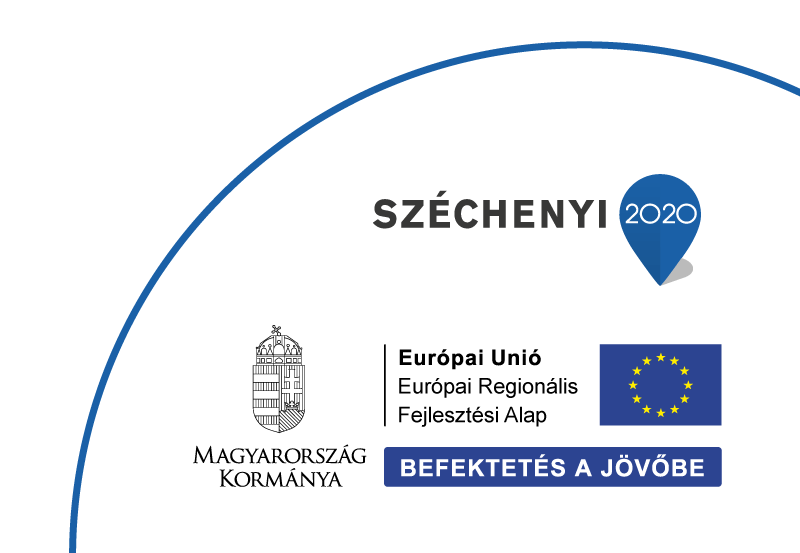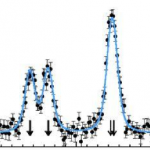A new, innovative cooling method has been applied in CERN to enhance the accuracy of antiproton mass measurement. In the frame of ASACUSA project, the antiproton mass was determined relatively to the electron mass. Hungarian scientists were also involved in the work. The results are published in Science.
During the experiment, antiprotons were captured by helium atoms replacing one of the electrons. About 2×109 modified, long-lived helium atoms were cooled to the temperature of 1.5–1.7 K, this way limiting the thermal movement of atoms and significantly enhancing the accuracy of the measurements carried out with a laser-spectroscope. The helium atom with an antiproton is a strange formation: an electron and an antiproton are bounded to the nucleus so the atom contains both particle and antiparticle simultaneously. The relatively long lifetime of the atom allows the spectroscopic study of the atomic transitions.
The data aquisition started in 2010 and stopped in 2014. The experiment proved the matter-antimatter symmetry as the mass of antiproton and the mass of proton seems to be the same to the 10th digit after the decimal point.
More info: MTA news (in Hungarian)
Contact: HORVÁTH Dezső prof. emeritus
Science (04 Nov 2016) Vol. 354, Issue 6312, pp. 610-614
Buffer-gas cooling of antiprotonic helium to 1.5 to 1.7 K, and antiproton-to–electron mass ratio
 Magyar
Magyar

